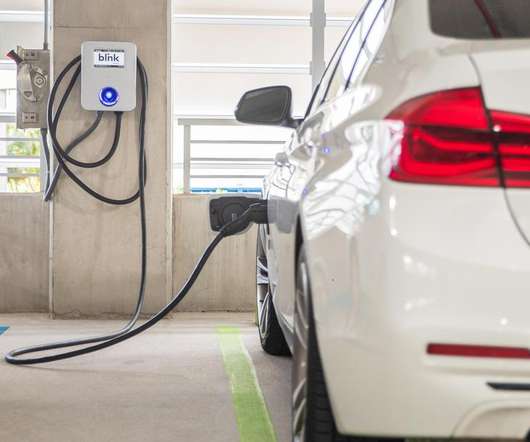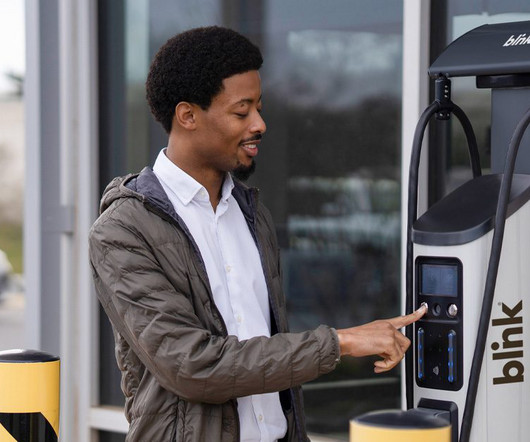The US Needs 20 Times More EV Charging Stations by 2030… Or Else
Blink Charging
FEBRUARY 9, 2023
While it’s great news that electric vehicles (EVs) are becoming more popular in the United States, it does pose a unique issue: EV sales are now outpacing EV charging infrastructure. How many EV chargers are currently installed in the United States? 14,673 private charging ports over 3,743 private charging stations.











Let's personalize your content